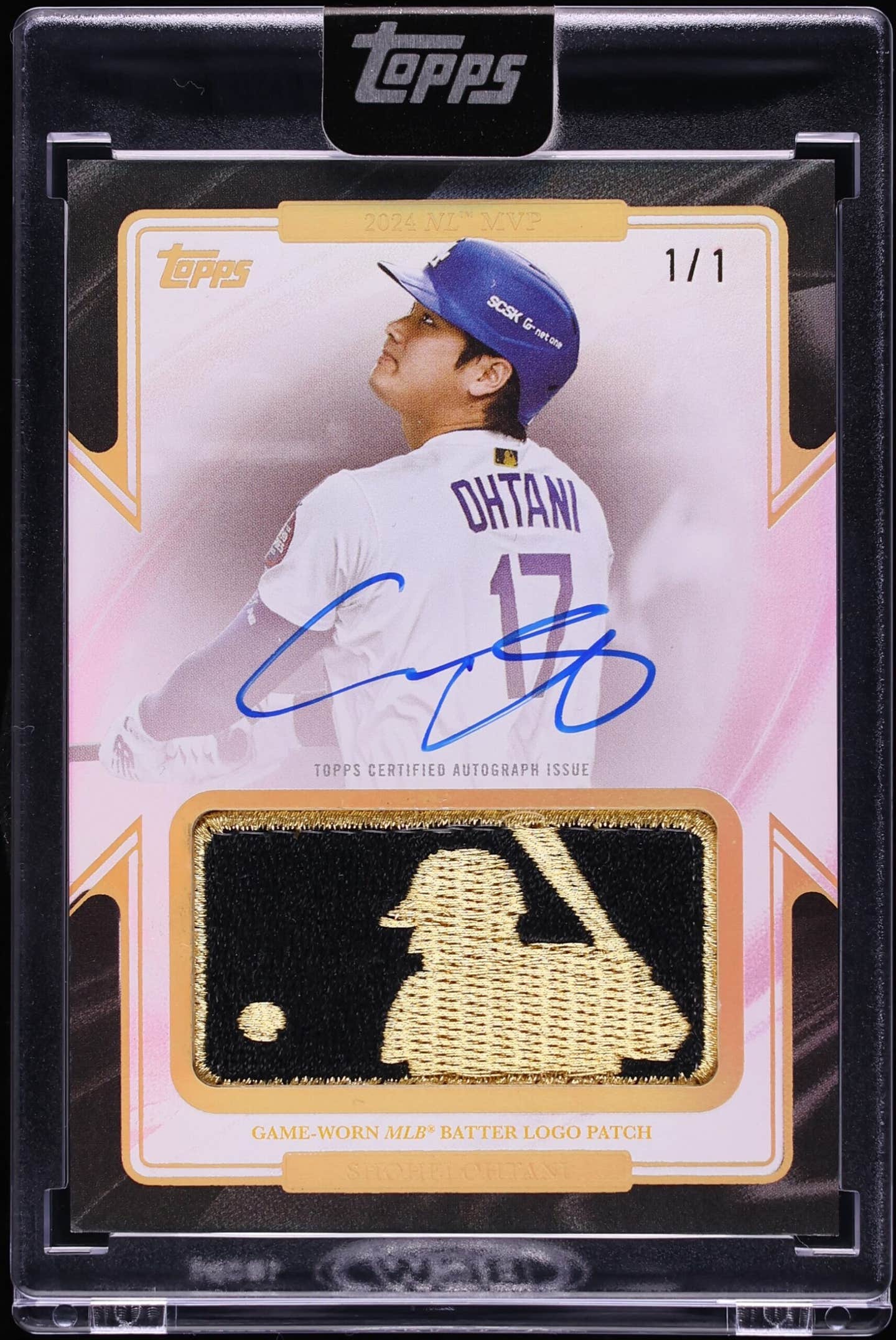Features
Fall Classics: Topps’ 1960s World Series Cards
By John McMurray
The most enduring innovation in baseball card collecting during the 1960s was the introduction of World Series cards. Appearing for the first time in the 1960 Topps set, these cards were included in every Topps regular-issue set during the decade, other than in 1966.
World Series cards served as a complement to the popular multi-player cards and the array of hard-to-find high-numbers, which helped to characterize the decade in collecting.
It is the action photos on World Series cards which collectors remember most. World Series cards typically offered the only shots of game action collectors would find on Topps cards during the entire decade. And, in many cases, like the image of Pittsburgh’s celebration following Bill Mazeroski’s home run to win Game 7 of the 1960 World Series (1961 Topps #312) or of Carl Yastrzemski slugging a homer during Game 2 of the 1967 World Series (1968 Topps #152), they are some of the most recognizable baseball cards of that era.
The cards themselves are of varying quality. Images on World Series cards from 1960-62 often have a somewhat blurry aspect, while scenes on these cards became sharper in 1963.
Colorful images also abound. The World Series cards issued in 1964 and 1965 are among the most well-remembered, with the card titled “Koufax Strikes Out 15” (1964 Topps #136) being one of the best cards of Sandy Koufax that Topps ever produced. Mickey Mantle appears on two highly sought after World Series cards in the 1960s (in 1961 and 1965). The image of Mantle homering in Game 3 of the 1964 World Series (1965 Topps #134) is a collector favorite.
Topps and the World Series
Topps’ World Series subset followed a pattern during the 1960s. One card was issued for each game, with that game’s score on the front and a box score or statistics on the back. Every game card featured an action shot, typically focusing on a particular player or play. Occasionally, a group of players (as on the card titled “Scrambling After Ball,” from Game 6 of the 1959 World Series, where three Dodgers try to make a fielding play) would be included.
An additional card in the subset always shows a separate scene from the celebration of the winning team (with the one exception being in 1963, when Topps included the celebration photo as its Game 7 card). When Topps has produced World Series cards in recent years, the subset has typically had the traditional arrangement.
No World Series cards were issued by Topps in 1966, as the company decided instead to include multi-player cards that year after not doing so in 1965. Surprisingly, while Topps World Series cards were produced in color from 1960-65, photos appeared only in black and white when the subset reappeared in 1967. The cards continued in black-and-white mode in both 1968 and 1969. While collectors do remain fond of the excellent action shots depicting the 1967 World Series, it is reasonable to say that collectors generally prefer the cards from the first part of the decade, which contain color photos or artist renditions, to the black-and-white ones issued after 1966.
Ones to remember
Several other World Series cards from the 1960s are outstanding and stand the test of time. Among the best are “Hodges’ Winning Homer” (Game 4 of the 1959 World Series); “Maris Wins It In The 9th” (Game 3 of the 1961 World Series); “Yanks Crush Reds in Finale” (Game 5 of the 1961 World Series); “Yanks’ Ford Wins Series Opener” (Game 1 of the 1962 World Series); “10th Inning Triumph” (Game 5 of the 1964 World Series); and “Gibson Hurls Shutout” (Game 2 of the 1967 World Series). In general, World Series cards issued by Topps during the 1960s were strong efforts, and the contenders for inclusion on any list of the best World Series cards of the 1960s are many.
The decade’s World Series cards also include some unsung performers. Joey Jay, who allowed only four hits in Game 2 of the 1961 World Series against the Yankees, appears on a World Series card in the 1962 Topps set (#233). Tom Tresh, whose three-run homer beat Jack Sanford and the San Francisco Giants in Game 5 of the 1962 World Series, is shown swinging hard (1963 Topps #146). And Jim Bouton is portrayed at the peak of his windup in the 1965 Topps set, on his way to one of his two victories in the 1964 World Series (#137). Part of the appeal of World Series cards is also remembering the lesser-known players who came to the forefront.
In several years (most notably, from 1962-65 and in 1968), the style of Topps World Series cards maintained an obvious resemblance to its base set. But in other years, Topps broke with convention and offered a strikingly different subset design. The World Series cards issued in 1967 have a television-set appearance – more similar in style to 1955 Bowman baseball cards than to anything Topps issued that year – and the newspaper look issued in 1969 was an obvious departure from the base design of that year’s set.
But Topps’ experimentation did not always yield better results. The World Series subsets issued in 1967 and 1969 in particular employ smaller photos due to the constraints of the respective card designs and are therefore harder to see. While the card of Game 4 of the 1966 World Series (#154 in the 1967 set) shows a terrific image of Brooks Robinson jumping in the air as he approaches Jim Palmer after the Baltimore Orioles had won the World Series, the quality of that particular photograph and the limitations of the card design keep this particular card from having the enduring appeal of, say, most of the World Series cards from the 1965 Topps set. Similarly, the card depicting Lou Brock’s home run in Game 4 of the 1968 World Series (1969 Topps #165) loses something because of the small and relatively unclear image.
World Series wrap-up
During the 1960s, Topps World Series cards ran the gamut from impressive to needing improvement. Since special-issue cards of players are almost always worth less than a given player’s regular card, these World Series cards also offer collectors the chance to obtain some well-done cards of Whitey Ford, Bob Gibson, Sandy Koufax and Mickey Mantle at prices below what these players’ respective regular-issue cards would typically cost.
As much a part of the collecting fabric during the 1960s as were Rookie Stars cards or special multi-player cards like “Astros Aces” or “Bird Bombers,” the 62 World Series cards issued by Topps during the 1960s represented Topps’ most sustained effort to bring cards showing game action to the forefront. The groundwork that Topps laid in the 1960s set the stage for some excellent World Series cards issued during the 1970s and beyond.
John McMurray writes a monthly column for SCD focused on vintage cards. He can be reached at jmcmurray04@yahoo.com.








